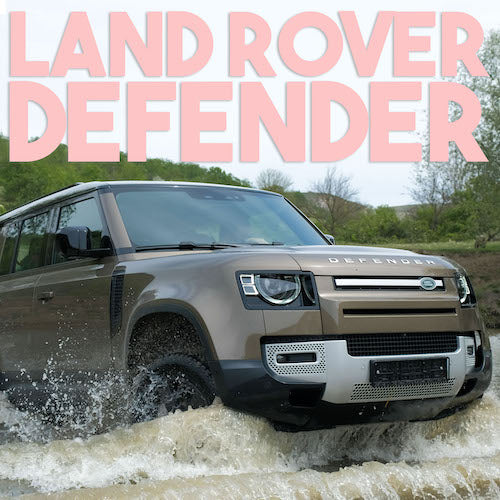|
With winter well underway, snowfall and ice continue to be dangers for many drivers in the Northeast United States, Canada, and other cold regions. In the US, 24% of weather-related accidents happen on roads with winter conditions (snowy, slushy, or icy), and nearly 70% of the US population lives in these snowy conditions, according to the US Department of Transportation. Ice is the deadliest, so we’ll focus on some tips or measures you can take to making driving on an icy road safer for you. If you’re interested in learning holistic safe winter driving tips, check out our earlier article, How to Drive Safely in the Winter. DRIVING STYLE ADJUSTMENTSLet’s brush up on the the very basics, the fundamental rules that drivers should follow when encountering icy conditions. The most fundamental of these rules is slow down, even on highways. You shouldn’t be driving much faster than 45 miles per hour (about 72 kilometers an hour) on highways and local roads alike. Speeds higher than this can make it both easy to lose control and difficult to stop. With black ice, you can even slide off the road at 10 miles per hour (16 km/h) or less. A factor in some accidents of this nature is overconfidence in one’s abilities or the equipment of their vehicle. Even if you feel confident in dry weather conditions, it’s not a good idea to carry over the same speed when driving in icy conditions. An accident in icy conditions at regular highway speeds is almost unrecoverable and can be very dangerous. Virtually all vehicles are bound to this same unspoken speed limit of 45 miles per hour. If just you’re not feeling very confident in your winter driving ability, don’t be afraid to stay home. Naturally, the best way to avoid an accident in icy conditions is to avoid driving in them at all. BEHIND THE WHEELSo what else can you do once you’re on the road? Firstly, try to see if roadside puddles are liquid or frozen. When expecting ice, look for reflections in the road surface ahead. Unlike snow, ice is often invisible, so it may be on the road surface even if you don’t see it. If it is ice, you’ll feel it through the steering wheel. The steering becoming lighter is one of the first signs. Also, if you know that steering wheels have a normal tendency to self center when you take your hands off, you might be able to notice if this effect becomes less powerful in the winter. If it does, you may have been losing traction to your front wheels because of unseen ice. While a sunny day could thaw most visible ice, it won’t thaw all of it. You should expect that any upcoming sections of road under a shadow could still have ice. All-wheel drive won’t give you a big advantage in these kinds of conditions either. In fact, all-wheel drive vehicles often have a disadvantage in winter stopping conditions due to being heavier than sedans. Still, you should trust your car and get familiar with its dashboard warning lights. Certain lights flash when sensors detect wheelspin under acceleration. They can indicate that ABS is engaged and information about the accelerator. If you see these lights flashing, it’s possible you lost a little traction on ice. RECOVERING FROM A SLIDEIf you’re sliding, it means you’re going too fast for the conditions. Driving at a safe speed for the conditions means not exceeding the 45 mile per hour threshold and keeping sudden acceleration, braking, and turning to a minimum. If you drive at safe speeds, you’ll have the best chance of avoiding an accident and correcting a slide. Let’s look at what actions to take if you do find yourself in an oversteer slide. Don’t use your brakes! Braking during a slide is a common mistake drivers make in winter conditions. Braking during a slide can make your slide worse so it’s best to let the wheels turn freely. Instead, focus on turning the wheel into the slide. This means if the rear of your car slides to the left, you should turn to the left (vice versa if it slides to the right). Straighten out the wheel as the car straightens out. While correcting for the slide, try not to panic and overcorrect. Overcorrecting a slide can cause the car to rotate faster than is possible to balance with steering input. This can lead to a spin out. GETTING HOMEGetting yourself and friends or family home safe is the ultimate goal. If you’re not feeling up to the task, don’t drive in winter conditions. It’s okay to get more practice in before you’re ready for a longer drive. Practice and prepare if you need to drive in the winter, and consider packing an emergency kit. Check out this straightforward guide to do so. If you do decide to drive with ice on the roads, we hope our guide will help you feel more confident with doing so. Stay safe this winter and keep an eye on the blog for more quick car tips! |





